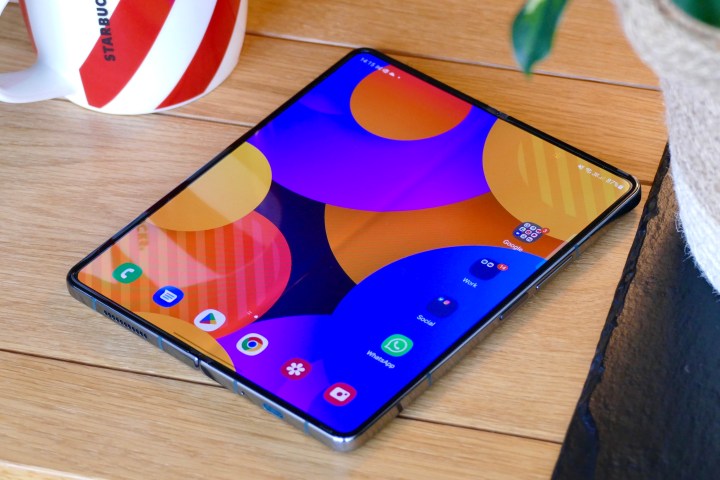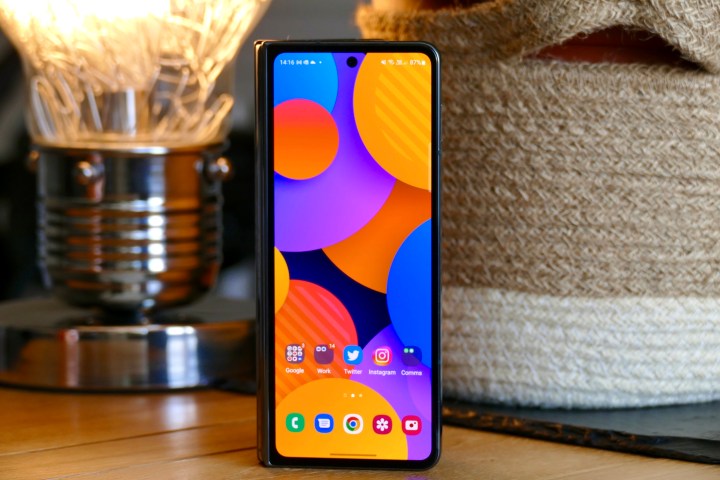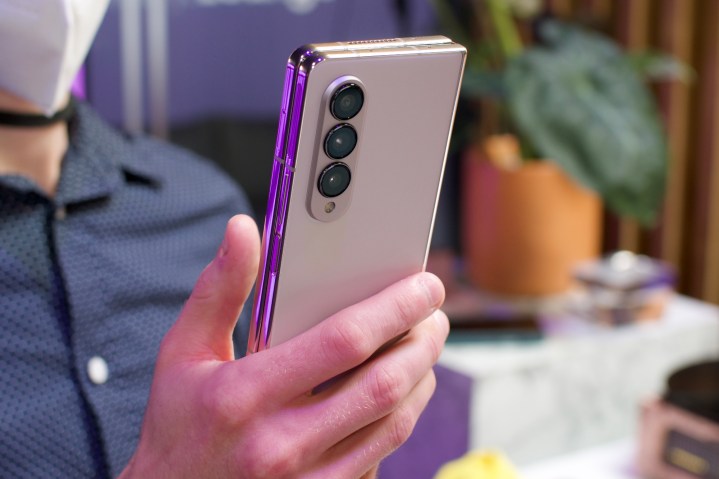Samsung has officially released the Galaxy Z Fold 4 and Galaxy Z Flip 4, its big phones for the second half of the year. The Galaxy Z Fold 4 will replace the Galaxy Z Fold 3 as the company’s premium foldable, but it’ll also be built off the 3 in that it remains very much an evolution, not a revolution.
The biggest changes you’ll see are the more advanced cameras and foldable optimized software, while the company smooths the creases on everything else. At this point, Samsung’s Z Fold is a known quantity. It does what it does, and it does it well. The Z Fold 4 just does everything the 3 does, but better.
Here’s everything you need to know about the
Review

The best way to think about the
While the Fold 4 doesn’t look that much different, it feels noticeably better to hold, thanks to the subtle design changes that Samsung did make. It also has incredible performance with great efficiency, vastly better cameras, and enhanced software that makes multitasking easier than ever. Battery life and charging speeds could be better, but that’s all Samsung gave us to complain about this year.
For our full in-depth thoughts with additional testing notes, camera samples, and more, be sure to read our Samsung Galaxy Z Fold 4 review.
Design and display

The Galaxy Fold 4 looks fairly similar to its predecessor, such that you may even confuse one for the other. It does, however, come with slightly different aspect ratios on both the cover display and the foldable screen so that you have a little more display area to work with than before. The cover display could go from 24.5:9 to 23:9, whereas the folding display gets a 6:5 screen instead of the 5:4 one found on the Galaxy Z Fold 3.
As for the display size, the Fold 4 has a 6.2-inch cover display and a 7.6-inch (7.4 if we account for rounded corners) main display. The foldable features an HD+ Dynamic AMOLED 2X panel on the outside with a resolution of 2316 x 904 pixels alongside 120Hz adaptive refresh rate support (between 48Hz and 120Hz). On the other hand, the internal screen has a QXGA+ Dynamic AMOLED 2X panel with a resolution of 2208 x 1786 pixels and up to a 120Hz refresh rate.
It was previously reported that the Samsung Galaxy Fold 4 will have an S Pen slot, but that didn’t happen. The foldable retains the support for S Pen with no built-in slot to house the accessory. As such, you will have to rely on a cover with an S Pen loop if you want to keep the S Pen with your Fold 4.
Processor and specs

The Snapdragon 8 Plus Gen 1 will power most (if not all) of the Android flagship smartphones launching later this year, and it was the obvious choice for the
Samsung also debuted a more expensive, much larger storage option at 1TB. It’s not new for a phone now; Apple already opened that barn door. However, it makes the Fold 4 a lot better as an iPad replacement, especially if you’re making full use of its productivity capabilities introduced with
Cameras

The
By contrast, the Galaxy Z Fold 3 sports a 2x zoom with a 12MP telephoto lens. The foldable
Software

The Galaxy Fold 4 (but not the Galaxy Flip 4) comes with
Still, the
Price and availability

The Samsung Galaxy Fold 4 went on sale on August 26, with pre-orders arriving at around that time. It’s a pricey phone, one that’ll set you back $1,799 for the 256GB model, with a 512GB model available and an exclusive 1TB model sold only on Samsung’s website.
In addition to the standard gray, beige, and black colorways, Samsung also offers a burgundy option for the 512GB model. For those who pre-ordered, Samsung says you’ll get a complimentary memory upgrade to the next tier, so look out for that.
If you want to buy a different
Editors' Recommendations
- Samsung has a new (and cheaper) way to buy the Galaxy S23
- 5 phones you should buy instead of the Samsung Galaxy S24
- Should you buy the Samsung Galaxy Z Fold 5 or wait for the Z Fold 6?
- These Samsung phones are getting a big update this month
- Samsung Galaxy Z Flip 6: news, rumored price, release date, and more



